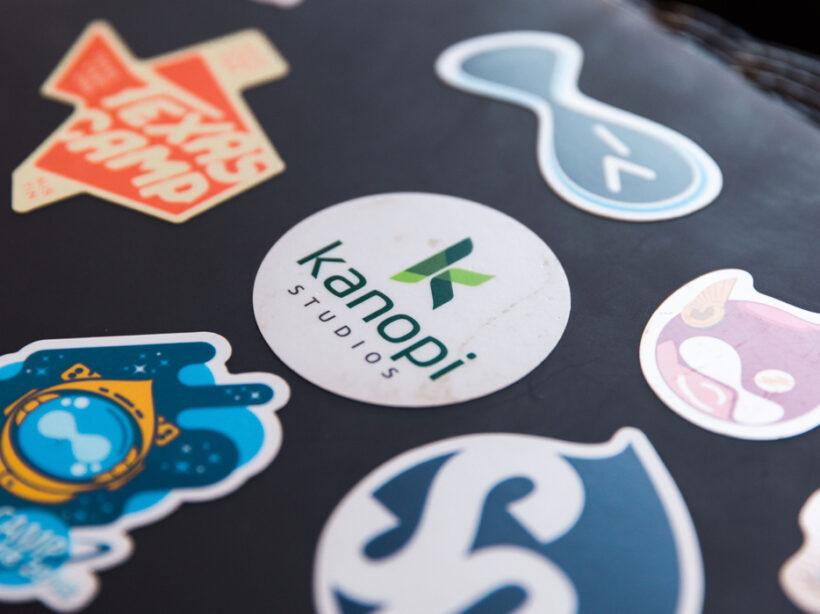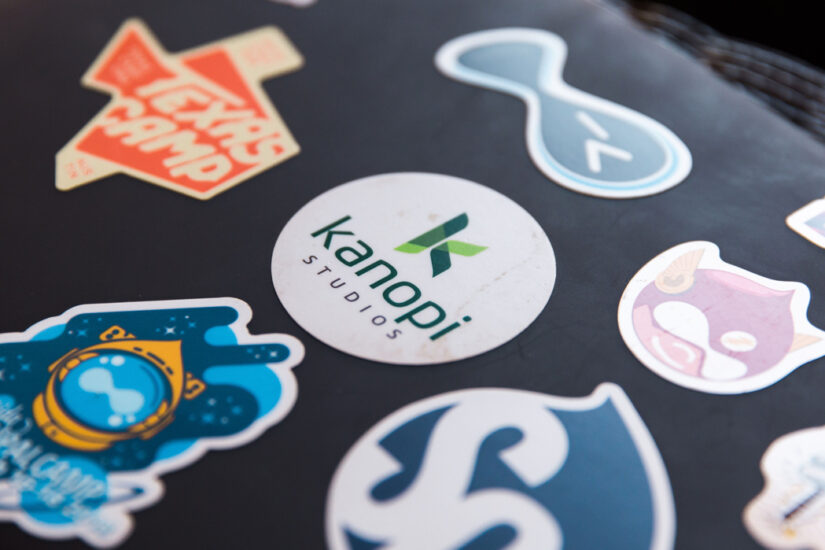Mukurtu (MOOK-oo-too) is the Warumungu word meaning ‘safe keeping place.’ It is also the name of an open-source content management system (CMS) designed to help Indigenous communities conserve and archive culturally significant materials.
It’s a pivotal time for Mukurtu CMS.
This past October, they received their 3rd and largest grant from the Mellow Foundation. This award aims to help digitally return items to Indigenous communities in North America through archives as part of the Mukurtu platform expansion, called Shared.
Since its launch in 2007, more than 600 Indigenous groups have used the software to curate websites and control access while observing customs.
Here at Kanopi Studios, we believe in putting inclusivity, cultural sensitivity, and user needs at the center of web design and development to ensure that technology is a force for good. It’s an honor to have partnered with Washington State University (WSU) to contribute in the development of the open-source CMS.
Learn more about Mukurtu CMS, how it supports Indigenous communities both here in North America and worldwide, and how to get started with the platform.
Table of contents
- What is Mukurtu CMS?
- How Mukurtu CMS Supports Indigenous Communities
- Mukurtu CMS & Kanopi Studios
- Getting started with Mukurtu CMS
What is Mukurtu CMS?
Mukurtu is a free content management system built using Drupal that helps Indigenous communities manage, share, and exchange their heritage in culturally relevant and ethically-minded ways.
The name Mukurtu was chosen in 2007 when Warumungu community members collaborated with developers and scholars on the platform’s first iteration to produce the Mukurtu Wumpurrarni-kari Archive. By sharing their voices, Indigenous cultures can preserve their history and way of life, educate others, and seek support as needed.
But by doing so, they also run the risk of losing control and ownership of the narrative. The Mukurtu project helps to solve that problem. The open-source CMS allows Indigenous cultures to share their heritage on their terms, eliminating the potential for exploitation or misrepresentation.
The power of Mukurtu comes from its complex and layered permission system that goes far beyond the capabilities of traditional content management systems. The system is purpose-built to allow Indigenous communities to maintain control over how information is shared, who they share it with, and how they use it.
2. How Mukurtu CMS Supports Indigenous Communities
Mukurtu is flexible enough to support diverse communities while remaining easy to use so that even your most non-technical users can add and update content and permissions.
Core features include:
- Traditional knowledge labels allow communities to add labels to content that describe how that content can be accessed, used, and circulated, and to whom it needs to be attributed.
- Cultural protocols allow for finely-grained content access settings that can be customized on an ongoing basis to meet each community’s needs and values, from wide open to restricted at the individual level.
- Community records allow multiple ways to store information about cultural heritage, so critical details and diverse perspectives are maintained.
- Data integrity uses file hashes to ensure that files are not tampered with, ensuring that content remains intact over time.
- A dictionary, complete with translations, definitions, pronunciations, audio recordings, and other media, helps Indigenous communities in the teaching, learning, and the use of the language, as well as with preservation and documentation.
- Unit plans and lessons give educators and students a platform to engage in online and field learning through the site.
Indigenous communities worldwide use the open-source CMS to record, preserve, and share their heritage, including the Plateau Peoples’ Web Portal, Passamaquoddy People, Catawba Indian Nation Archives, and many more.
Mukurtu’s Impact on the Future
The ability to access digital archives of Indigenous materials helps communities learn more about their heritage and culture. The materials can restore languages and cultural practices in schools and assist with negotiating treaty rights.
Those who use Mukurtu CMS are able to go far beyond providing a culturally sensitive way for groups to share their stories digitally — it helps correct historical inaccuracies for the benefit of the wider public.
From our relationship with the land as we experience the devastating impacts of climate change to understanding the need for connection during this time of global pandemic and political divide, we all benefit by learning from the Indigenous cultures within their communities.
3.Mukurtu CMS & Kanopi Studios
Kanopi Studios joined the Center for Digital Scholarship and Curation (CDSC) at WSU and the Center for Digital Archaeology (CoDA) as a development partner to complete a research-guided approach that included focus groups and surveys with users to inform the project’s technical strategy and development.
Kanopi has been honored to have a role in development, adding features based on user requests and ensuring that the system remains easy to use, secure, and scalable. New features include an improved mobile experience and robust collaboration capabilities with a mobile app coming soon that will allow users to browse and add content from the field, even while offline.
Kanopi Studios also works directly with clients who want to use Mukurtu and enhance the system to meet unique needs.
We helped the Indigenous people of Kivalina, Alaska, share 33 years of history online by creating 340 digital heritage categories and 137 digital heritage items:
“The result has been for us what we hoped for. It’s given us a platform.”
Michael Grace, Relocate Kivalina
4. Getting started with Mukurtu CMS
If you have technical support and hosting available, you can download Mukurtu on Github and begin using it for free. If you need technical assistance and additional customization, consider partnering with a development agency with insight into this particular open-source CMS and the communities it supports.
Mukurtu CMS & Mukurtu Mobile: Key Dates
Mukurtu 3.0 is expected in early 2021 and is an extension of 2.0. The main difference between the 2 versions is mobile support. The 3.0 version will only be compatible with the mobile 3.0 application. Version 3.0 uses Drupal 7, which has an end-of-life date of Nov 2022, meaning it shares the same end-of-life date. It is possible to have a Mukurtu website that remains a powerful resource for your community beyond its end-of-life date, with the right maintenance and support.
Mukurtu Mobile
Mukurtu Mobile is a long-awaited significant upgrade to the Mukurtu experience, which lets you create, view, and edit content from a phone. There is already a much simpler mobile app, but it only allows for Digital Heritage item creation, and it is only for iOS. The new app works on Android or iOS and contains much more functionality to deliver a near desktop-like experience within the simplicity of a mobile app.
Also new is the fact that it works without an internet connection. You’ll be able to view and edit content offline, and your content will sync with your website once back on an internet connection. Users can create Digital Heritage items live from the field, even in the most remote locations, using their phone camera for field imagery. When they are within cell or wifi range again, their content will sync back to their Mukurtu site.
Kanopi would love to help you with your Mukurtu site; contact us today to ensure the safekeeping of culturally significant materials online.









